Can a Sailboat Right Itself?
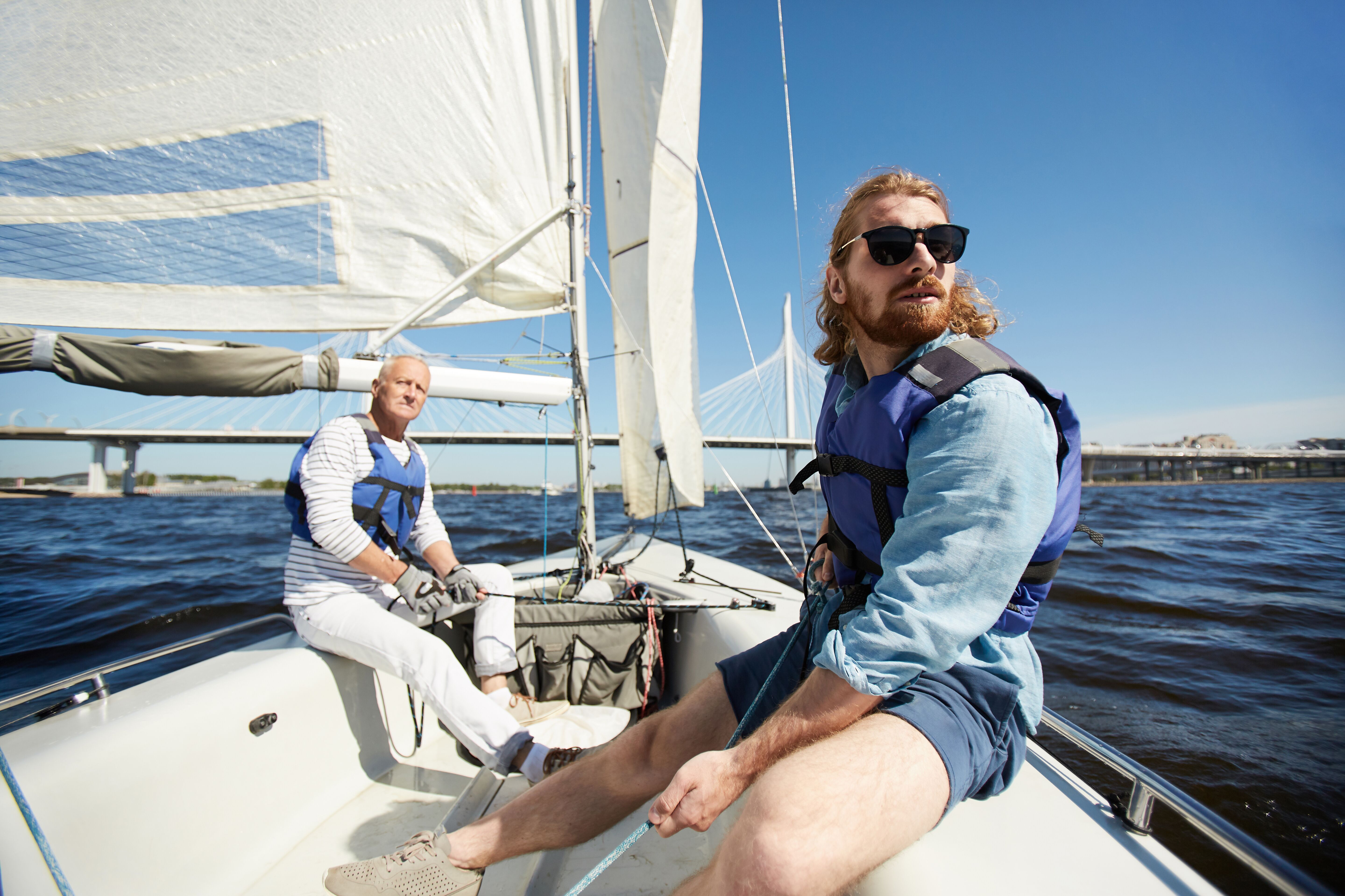
If you're considering buying or sailing on a sailboat, there are many things to consider. One of them is what to do if big waves or strong winds knock over your boat. If that happens, you want to know whether your boat can right itself, which means returning to an upright position after getting pushed over or capsized.
The goal is to find the best way to have fun while staying safe on the water. To understand how well your particular sailboat might be able to right itself – like a Weeble Wobble – and what to expect if it doesn't, here are the specifics you want to pay attention to.
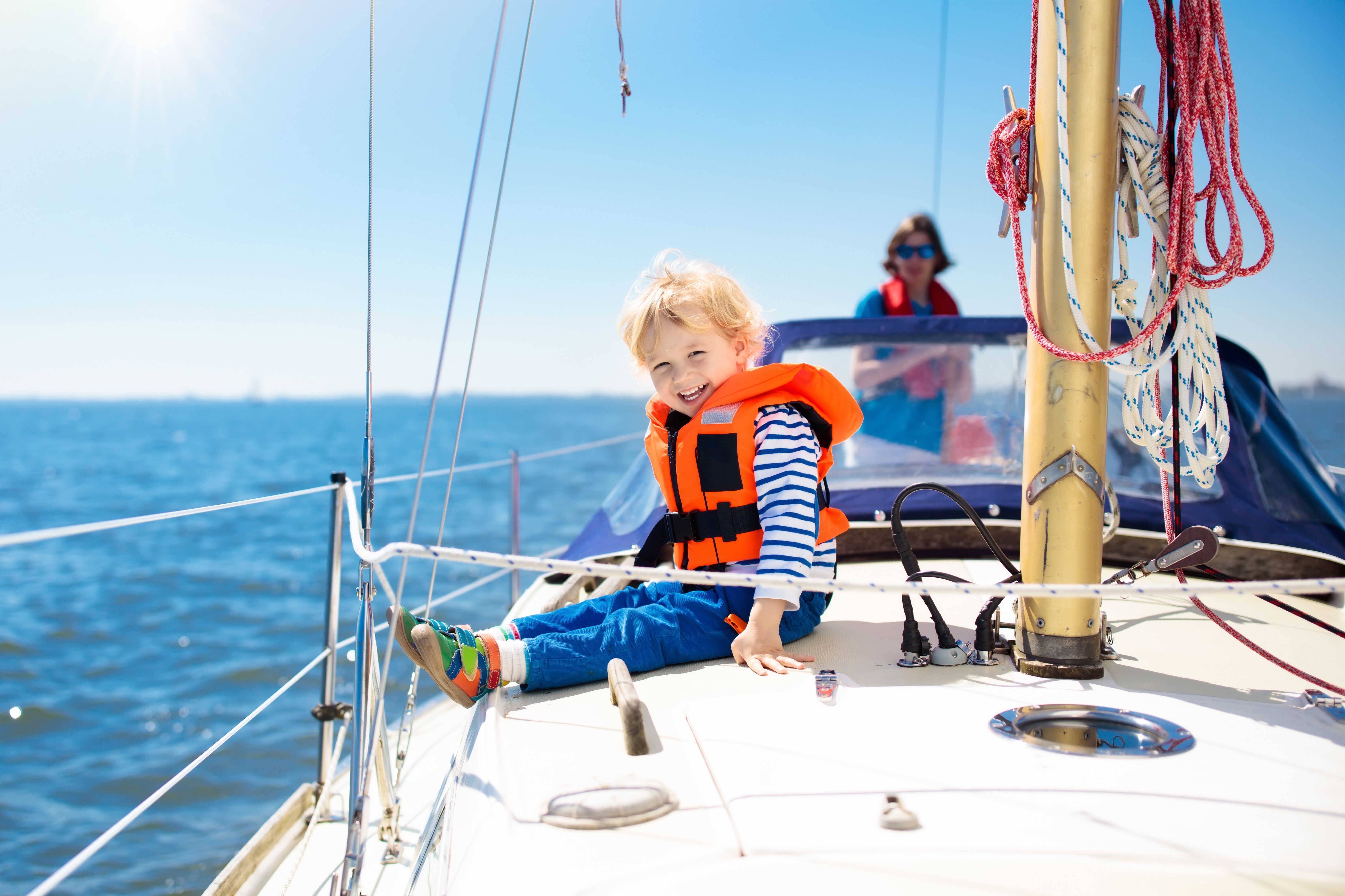
Design Factors
The design of your sailboat will affect how well it can self-right. Some of them can do this much more easily than others.
If it's an essential part of sailing for you, you'll want to know how to find a boat with this capability. That means you shouldn't just buy "any" boat that sails, especially if you're learning to sail and still need to gain experience.
The hull shape, keel design, ballast, and overall stability of your sailing craft all play crucial roles in determining whether you can recover from a capsize. Of course, you also have to be aware that this recovery ability can affect other aspects of your boat, such as how well it performs or maneuvers.
Stability vs. Performance
To find the right boat for your needs and enjoy your sailing time, you need to balance stability and performance in the design you choose. Boats with better stability are generally more likely to right themselves, but that's not the only thing that matters.
They're not likely to have the same agility or speed as other boats, which could affect your enjoyment of them, depending on how you plan to use your boat. For example, if you get a high-performance racing boat, you might find that it's really fast but not as stable as you'd like.
Ballast and Weight Distribution
One of the most critical issues to consider is ballast in your boat because it's a significant contributor to its self-righting ability.
Ballast is typically located in the keel, and it helps lower the boat's center of gravity. The lower the center of gravity, the more resistant your boat is to capsizing, so you're more likely to stay upright or return to an upright position, even if there's a lot of wind or big waves while sailing.
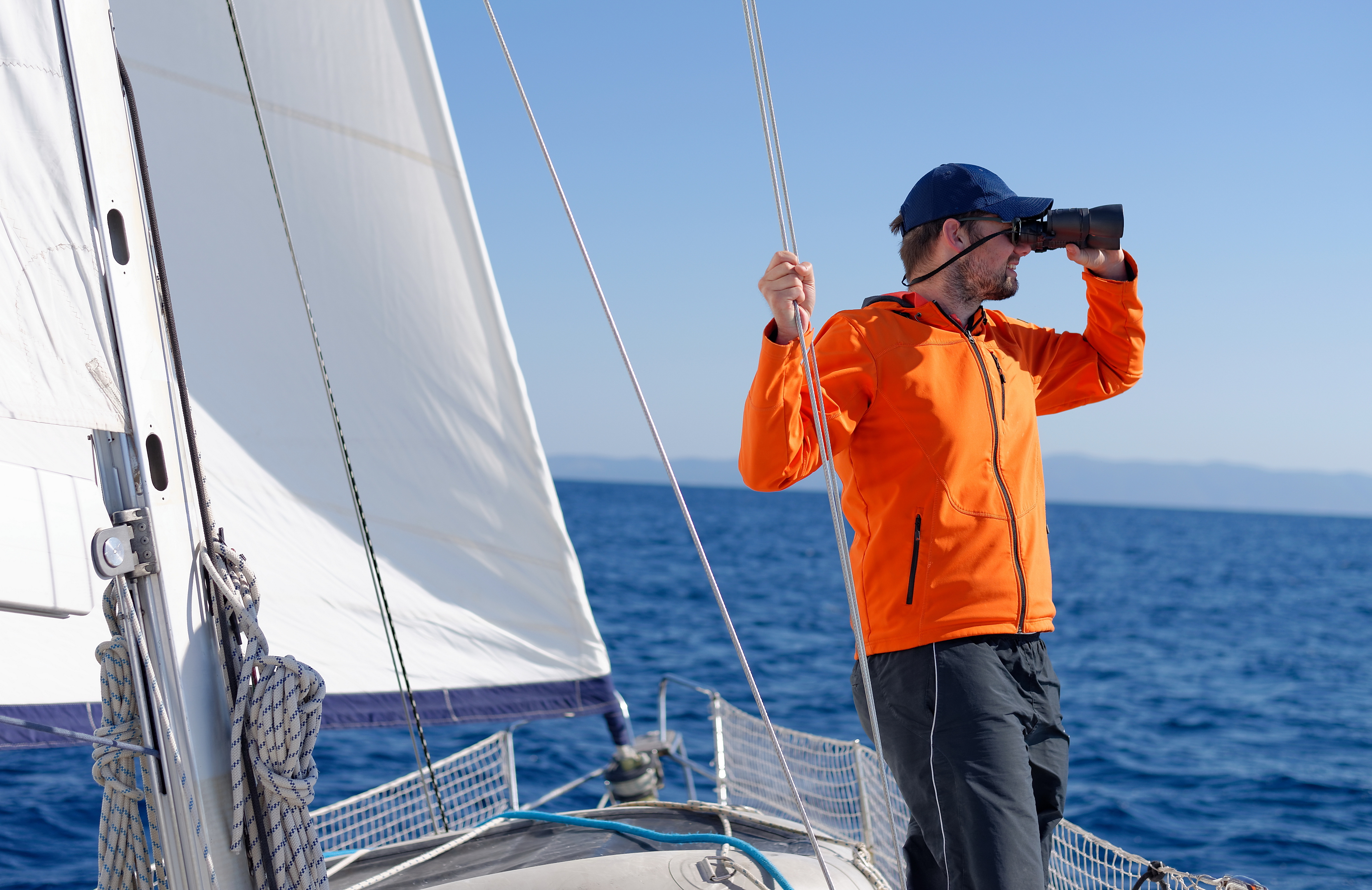
Training and Techniques
Even with a sailing vessel that's less likely to tip over based on its balance and construction, understanding how to operate it properly is crucial to staying upright.
Before taking off to have fun on your sailboat, ensure you have the proper training and seamanship in preventing and managing capsizes. With appropriate handling techniques and quick reactions, you'll be much less likely to end up with a boat on its side or flipped over in the water.
You also want to ensure you know how to deploy safety equipment such as drogues or sea anchors. These can help you self-recover from a potential capsize, which means you'll have a better chance of righting your boat without calling for help.
Of course, boating safety education is also critical. The knowledge you gain from a certified course helps you properly operate your sailing craft to avoid capsizing and reduce risk. That safety knowledge and the right equipment and training will help you enjoy your boat more fully and give you confidence and increased peace of mind.
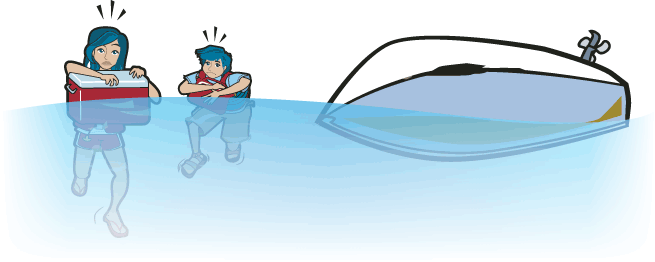
How to Prevent a Capsize
While it's essential to know what to do if you capsize, your goal should be to reduce the chances of that happening in the first place. To do that, you want to make sure you understand the weight distribution of your boat and how to keep everything you put onboard balanced as well as possible.
You may also need to learn about reefing sails in heavy weather, avoiding sudden maneuvers, and staying aware of changing weather. When you head out on a clear, beautiful day, check your weather app first. You don't want to see that sunshine replaced by severe weather when you're far away from shore.
Emergency Procedures Can Save Lives
You and every passenger should wear a lifejacket. If you aren't wearing one, you could be at increased risk of harm during a capsize.
In the event that your boat capsizes and you don't have a life jacket on, it's important to have one where it's easy to access.
Also, if the boat does tip and you end up in the water, stay with your boat and signal for help to get someone headed to your location. That could be another boater or someone from emergency services such as the U.S. Coast Guard.
While waiting for assistance, use the equipment and techniques you've learned to try righting the boat on your own.
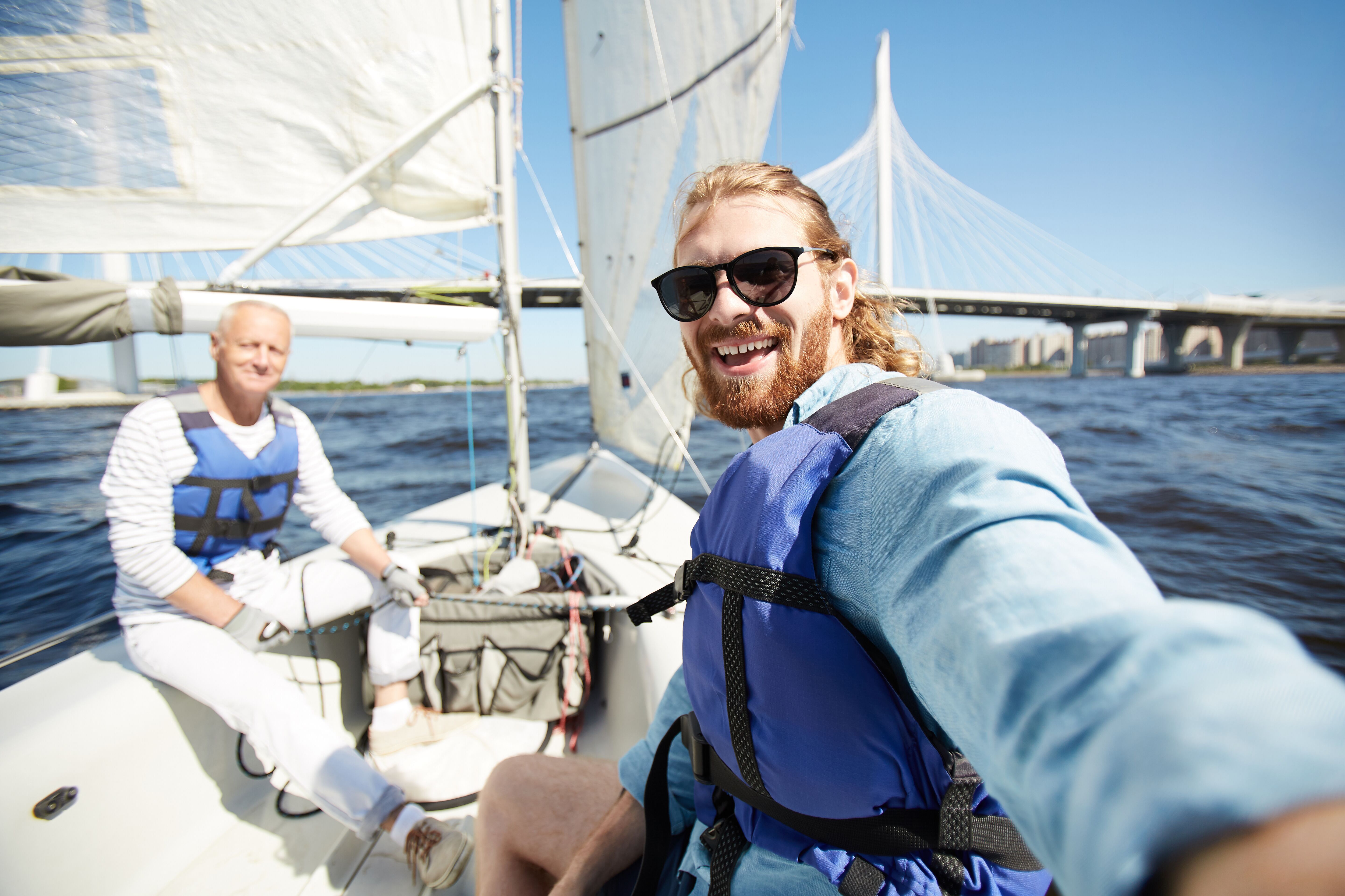
Enjoy Your Sailboat This Season with Safety Education
Before you buy a sailboat (or any boat) and hit the waterways, take the time to get safety certified through a boater education course. You'll feel more secure with the knowledge you'll gain from it, which can help you have a better time with your boat.
BOATERexam provides online safety courses to help boaters avoid accidents and get the most out of boating season. So, whether you're planning a sailing trip along the coast or simply a day on the lake, make sure you have the knowledge you need to protect yourself and others.
If boating in the U.S., choose the course for your state. In Canada, select our Canada-approved course and get certified!
